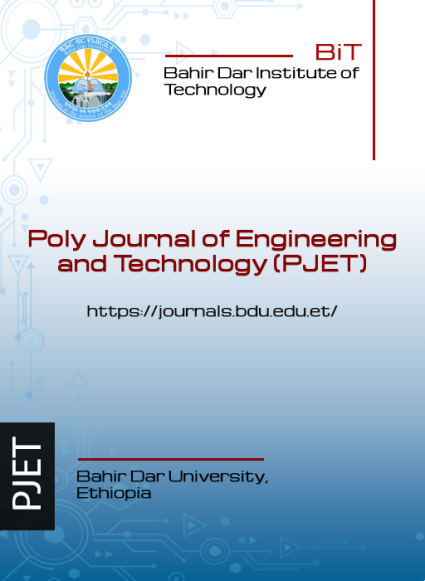Edible Insects as a Future Food Source – A Review
Abstract
In 2020, there were 7.8 billion people on the planet, and by 2050, it is predicted that there would be more than 9 billion. The existing food production must therefore be doubled to accommodate the growing population. The wide category of the arthropod phylum includes a class of organisms called insects. They are one of the most diverse groups of animals on the planet and have thereby inhabited practically all of its regions, from the poles to the tropics, and from lofty mountains to deep caverns. Insects that can be eaten are a significant, naturally occurring source of protein that can help to ensure enduring food security. However, a consumer's willingness to accept edible insects as food relies significantly on their region, eating habits, past knowledge, age, gender, and religion. Promoting the use of insects as a novel cuisine by raising awareness of the nutritional, health, and environmental advantages, processing to fully hide insect presence, and creating products that closely resemble meat and other foods would undoubtedly increase global insect consumption. Continuous use of resources has a huge impact on the environment and causes unsustainability in the future. Therefore, searching for alternative sources of food, especially proteins such as edible insects could be the best solution. This review focuses on the history, production, processing methods, nutritional composition, health benefits, risks, and future uses of edible insects.
Copyright (c) 2023 Poly Journal of Engineering and Technology (PJET)

This work is licensed under a Creative Commons Attribution-ShareAlike 4.0 International License.


